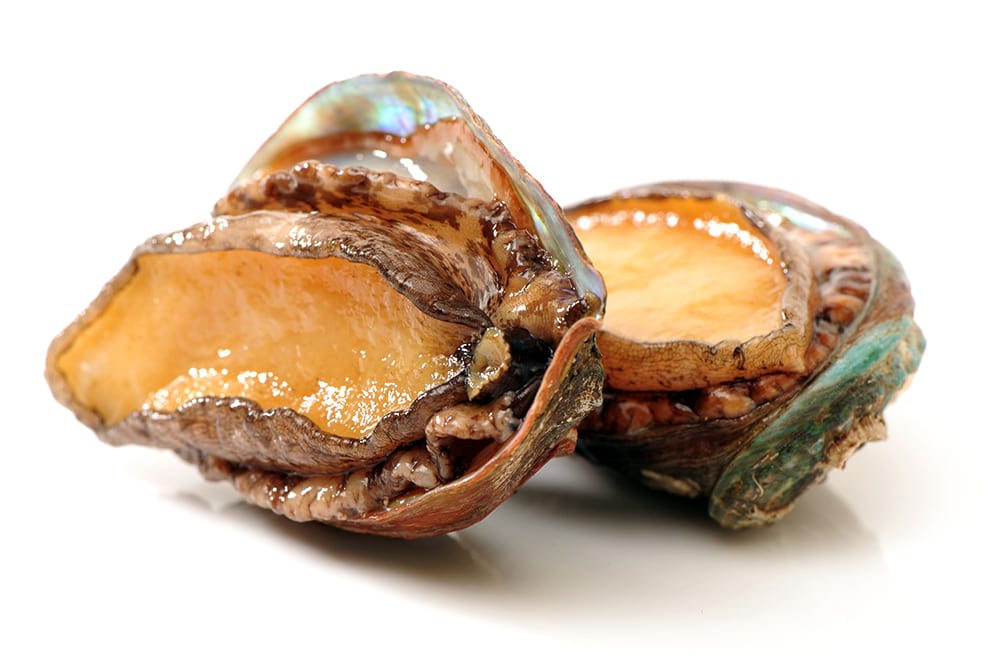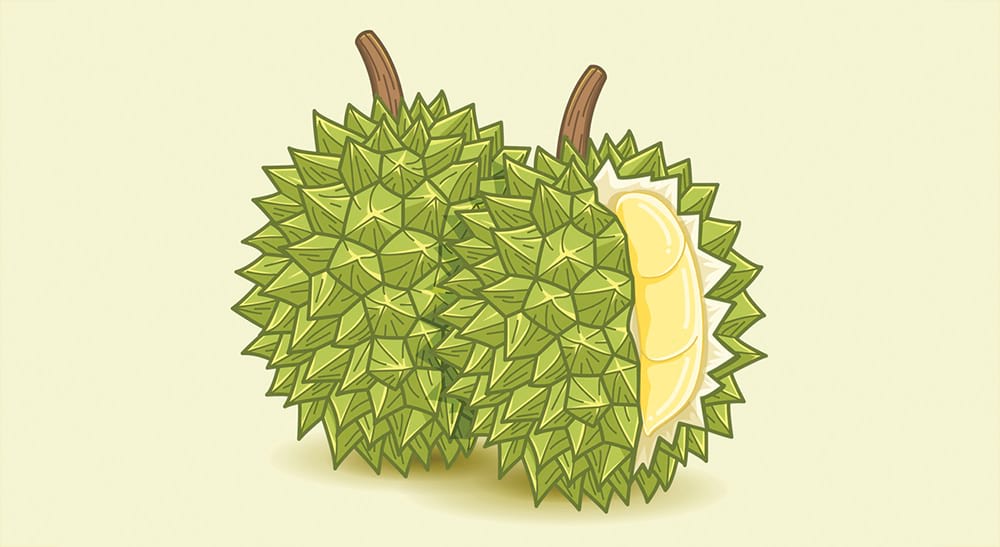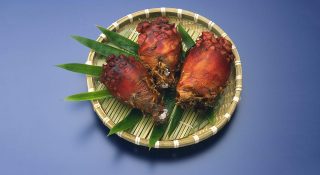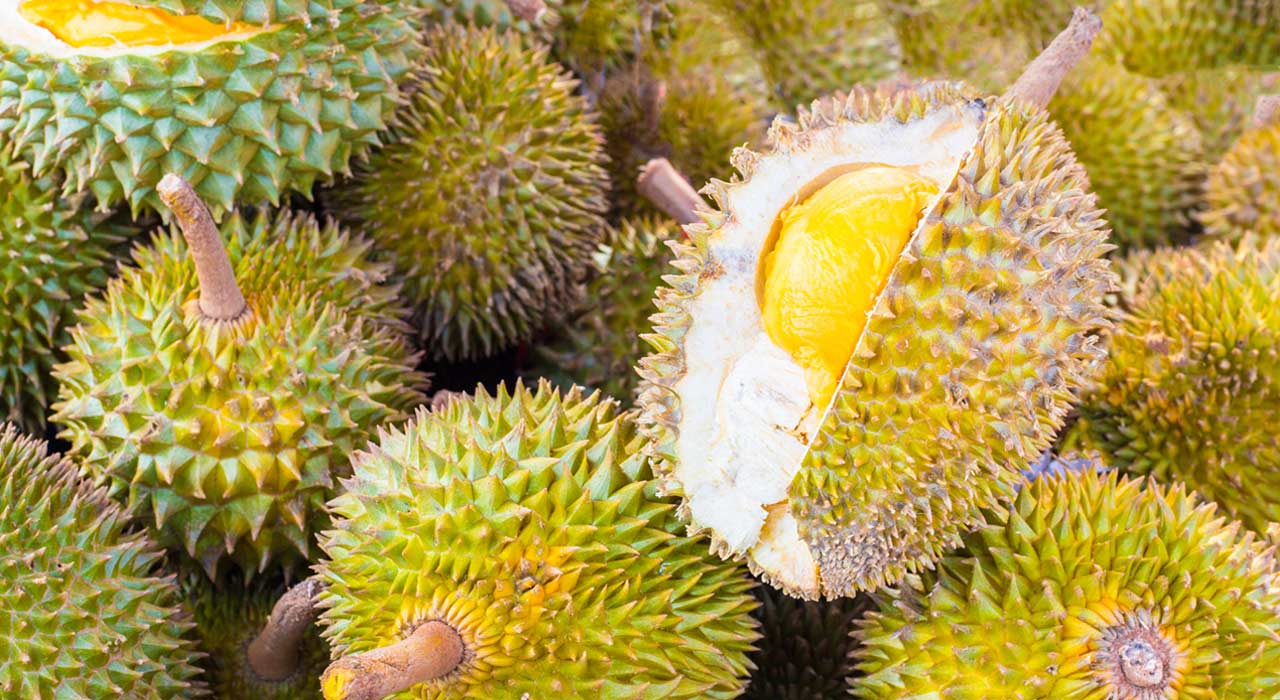By Harriet Mallinson | Published on June 20, 2017
For all the exquisite foods we have on this earth, we also boast some of the most revolting dishes imaginable. Rotten shark, anyone?
What may be a prized delicacy for some, may be another’s worst culinary nightmare. Adventurous eaters have taken to a US-based knowledge-sharing site to discuss some of the most horrific things they have eaten.
MACROS have rounded up just four foul foods from the Quora thread, “What’s the worst tasting thing you have ever actually eaten?â€
1. Fermented shark

Centuries ago, the people of Iceland couldn’t afford to be picky when it came to food. Greenland shark was abundant in the icy waters around the island, making it a prime source of meat. Unfortunately, it also happens to be toxic to humans.
Determined to be undefeated, the Vikings came up with a preservation technique to purify the meat, which sees the giant fish buried under the sand and left to ferment for up to 12 weeks. Once unearthed, it will be hung up to dry for several months and finally deemed fit to eat when a dry, brown crust has formed and it smells heavily of ammonia.
Fermented shark has since become Iceland’s national dish, but, Michael Tocci, an emergency physician from Pennsylviana, US, was far from impressed when he tried it.
“At first the ammonia hits you as if you’d put your face into a bottle of bleach and taken a big breath through your nose,†he writes. “After I’d finished gagging I managed to chew and swallow but it tasted as though I’d eaten ocean floor sand with the salt water of the Atlantic.
“I gave it three tries and had to give up. Even American chef Anthony Bourdain called it ‘the single worst, most disgusting and terrible tasting thing’ he has ever eaten.â€
2. Abalone

These shellfish are found among kelp forests in ocean waters along most continents. They have been dubbed ‘white gold’ after both the pearly underflesh of the snails and the fact that they have become one of the world’s most expensive seafood items. Soaring demand for the critters has fueled a multibillion dollar global export industry.
However, while they’re relished in restaurants from California to China, marketing specialist, Tirena Schue, from Washington DC, US, is baffled by abalone’s status as a delicacy.
“I’m generally down to eat anything at least once,†she writes, “But for the love of all that is holy I cannot eat abalone. It’s sorry excuse for seafood – it’s grizzly, slimy, chewy and salty. Ever had wet, seafood-tasting jerky jello? It’s like that.â€
Tirena adds: “They eat tiny mud-dwellers and therefore taste like the chewy, devil-incarnate of seafood gum. I have eaten, and enjoyed many things in my time but I cannot do abalone. This delicacy is just not for me.â€
– RELATED: Say Goodbye To Hangovers With Activated Charcoal –
3. Durian

Considered to be the king of fruit in much of south-east Asia, this green spiky number is famous for its pungent smell. Its pong has been compared to rotting flesh, sewage or, at best, ripe cheese.
In fact, its stench is so ghastly it has been banned on Singapore’s rail network as well as in many hotels and airports in south-east Asia.
Nevertheless, for those willing to overlook the odor, inside the husk lies a sweet, custardy flesh.
Gwen Sawchuk does not agree, though. “When you open it, you will be able to smell it down wind a long way,†she insists, “and it has a slimy, rotten feel to it, which matches the smell.
“It feels like a huge clump of someone else’s snot in your mouth and leaves a coating on your tongue similar to a large chunk of cold lard.â€
But Gwen admits: “Surprisingly, the taste is not that bad and is actually mild and quite nondescript if you can get past the texture and the smell. My advice is to eat it freeze dried: mild taste, firm texture and almost no smell of corpse.â€
4. Sea violet

A species of tunicates (sea squirt – as seen above), these underwater creatures are eaten in parts of Europe, such as France and Italy, where they are also known as sea figs. In the Mediterranean they are eaten raw, often with lemon juice or vinegar with shallots.
However, the strong iodine taste of the rocky-shaped violet can turn many people off. Anne Tran Minh, a creative from Ho Chi Minh City, Vietnam, is just one such critic.
“I wanted to give it a try as I am a rather adventurous eater so I bought a couple of them,†she writes.
“Inside is this weird looking cooked yolk thingy surrounded by a cartilaginous white inside ‘shell’. The texture is close to raw mussels and it smells of oysters – and I thought that’s what they would eventually taste like.
“But when I scooped out and ate one half, I thought I was going to die. It tasted like something that had been left, rotting in the sun, by the ocean, in the mud. I spit it out and had to wash my teeth right away.â€
Harriet is Editor of MACROS and perfectly capable of eating an entire log of goat’s cheese in one sitting.

